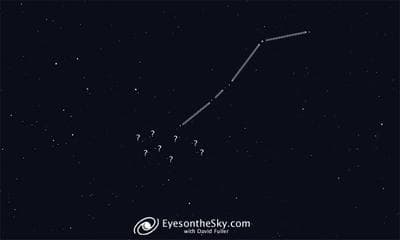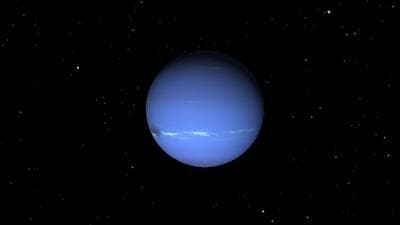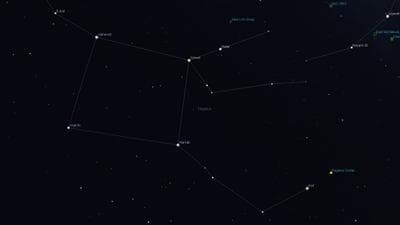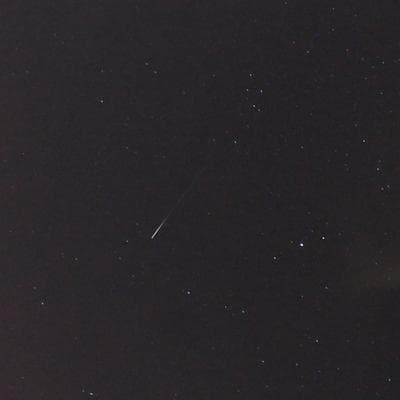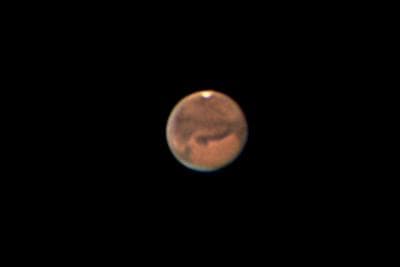
Eyes on the Sky
with David Fuller
with David Fuller
Astronomy Articles
Connecting the dots on starhopping
David Fuller — October 14, 2020If you know what to look for at your destination, you won't be lost when you arrive. And that's the beauty of starhopping - you will not have a puzzled thought such as, "Am I in the right place?" You will know you are.How to find and observe Neptune this year
David Fuller — October 11, 2020Neptune may be far, but it is suprisingly easy to see - even in binoculars! The trick is knowing where to look, and I've got a couple tricks to make tracking down this planet super easy and simple.Constellation Spotlight: Pegasus the Flying Horse
David Fuller — October 09, 2020Pegasus not only has unique spot in mythology, arising from the beheaded body and blood of the decapitated Gorgon Medusa, but also a unique spot in the sky.Waiting for Draconids: How to observe the shower that isn't
David Fuller — October 07, 2020The vast majority of meteor showers are rather dull observing events. Most produce the underwhelming meteors-per-hour counts of 20 or less. And the Draconids are (almost always) even worse, at five/hour. But here's what you CAN see instead.The time to see Mars is now (well, soon!)
David Fuller — October 05, 2020Mars reaches opposition on October 13, but is closest to Earth on Oct 6. Cloudy? It's ok. You have some time to see the Red Planet at it's best in 2 years - and the best it will be until 2033.
